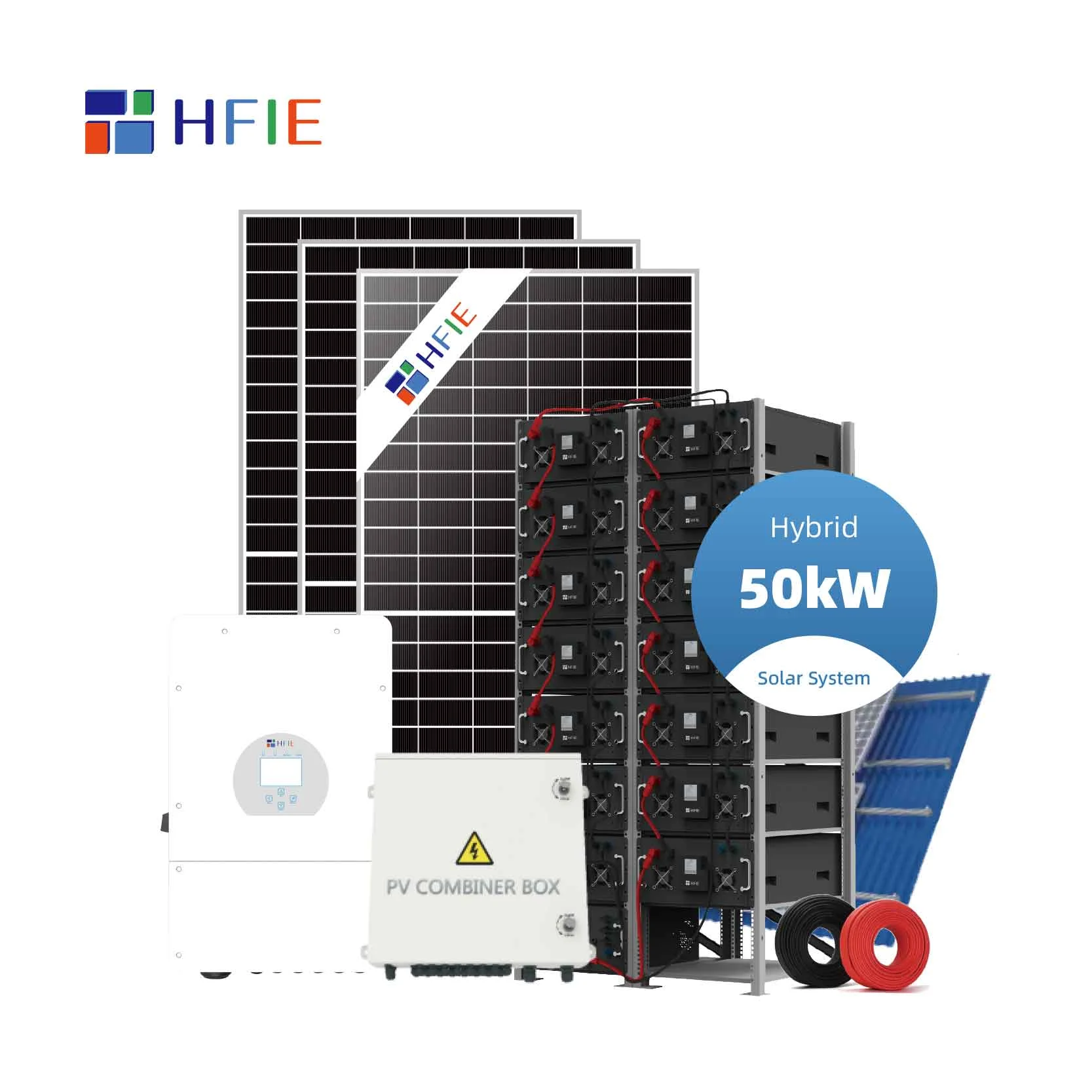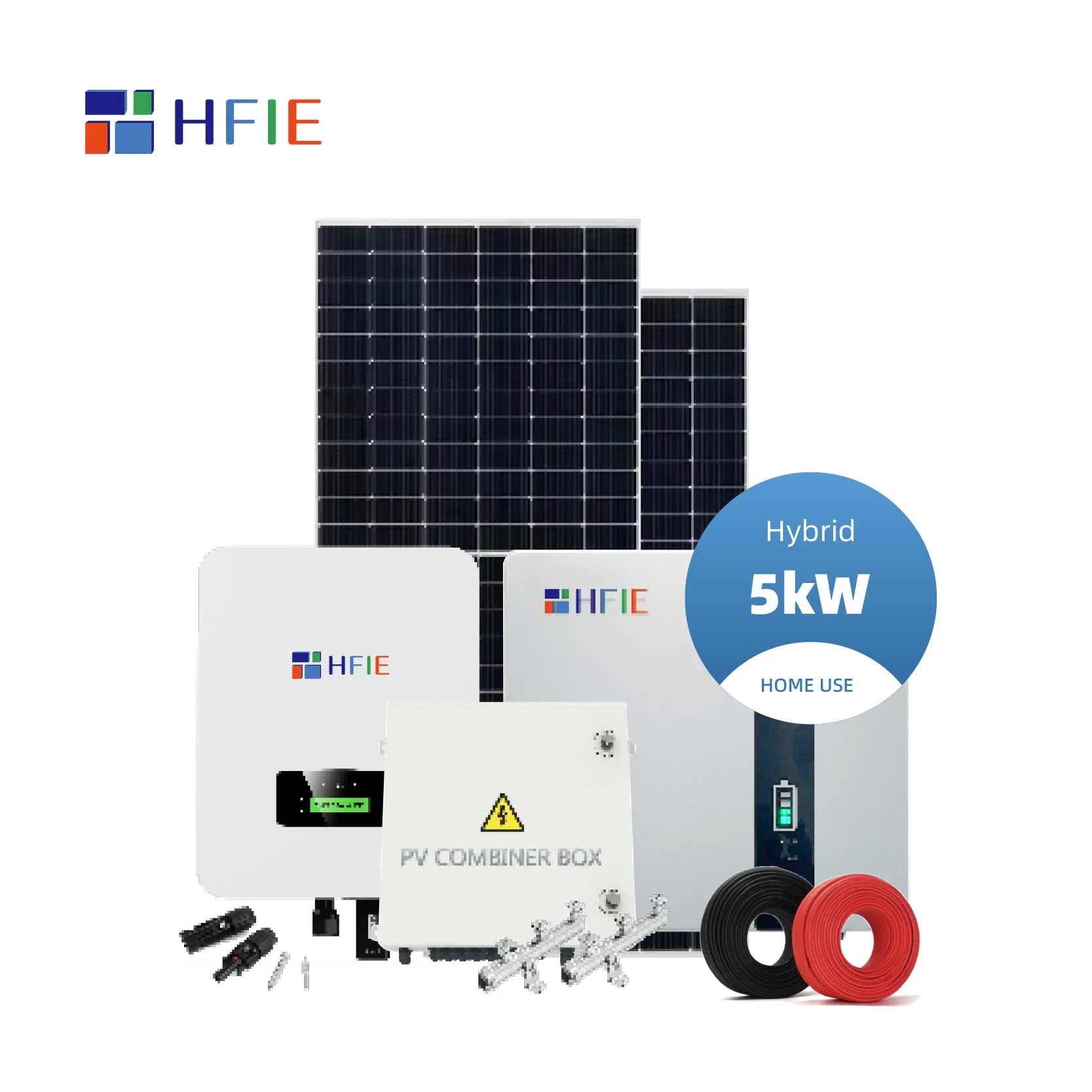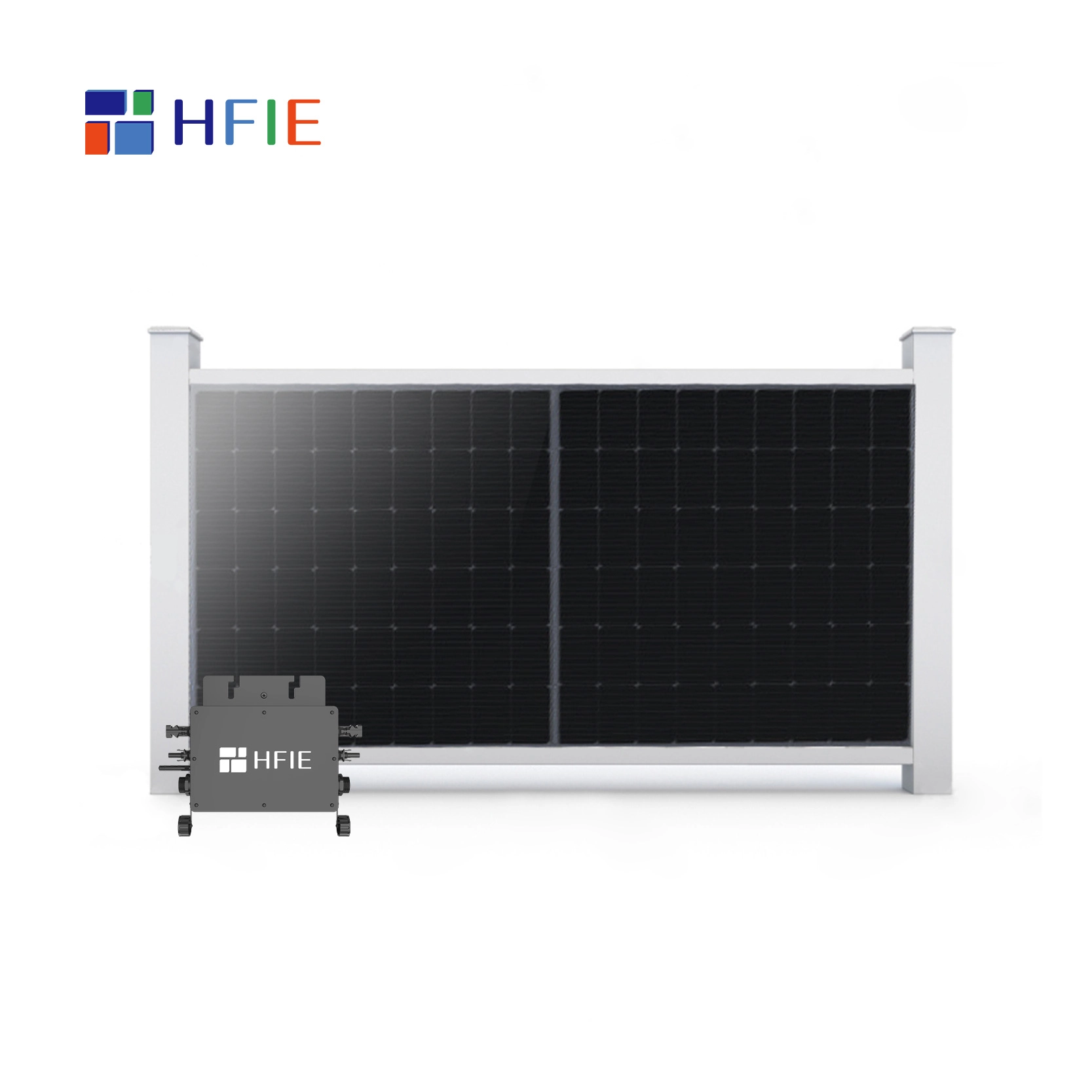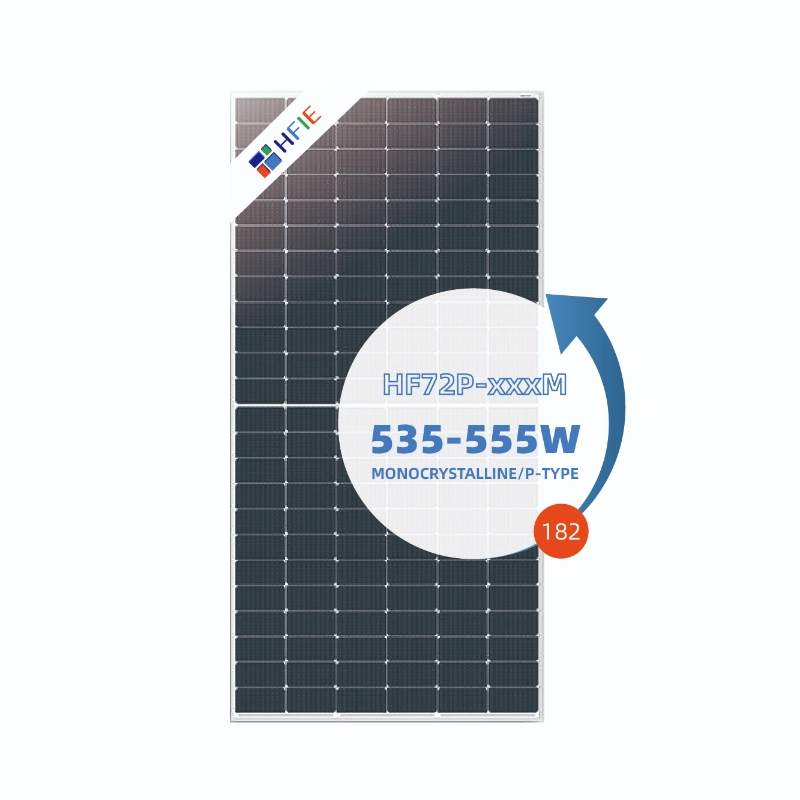Introduction
Driven by the global energy transformation and carbon neutrality goals, the energy storage industry is experiencing explosive growth, but it is also facing multiple challenges such as cost, technology, safety and business model. This article will deeply analyze the core direction of the future development of the energy storage industry, explore how to solve the industry’s pain points, and reshape the future landscape of energy storage.
Industry status: three major pain points behind high growth
1. Cost pressure: lithium price fluctuations and supply chain bottlenecks
Although the cost of lithium batteries has dropped by more than 80% in the past decade, the sharp fluctuations in the price of upstream lithium resources (such as the surge in the price of lithium carbonate to 600,000 yuan/ton in 2022) still pose a threat to the stability of the industrial chain. Coupled with the mandatory requirements for localized production imposed by global trade barriers (such as the EU Battery Act and the US IRA Act), Chinese companies urgently need to restructure their supply chain layout.
2. Technical bottleneck: long-term energy storage and cycle life.
The current mainstream lithium battery energy storage system generally faces the limitation of short-term energy storage of 4-6 hours, which makes it difficult to meet the large-scale grid connection demand of renewable energy. At the same time, the battery cycle life (about 5,000 times) and attenuation problems restrict the economic feasibility of the project .
3. Lack of safety and standards.
In 2023, multiple overseas energy storage power station fire accidents caused the industry to pay high attention to safety, but the global unified energy storage safety standards, fire regulations and insurance systems are still imperfect, which restricts project financing and large-scale promotion.
The next ten years: Four major technology paths to break through the industry ceiling
1. The rise of long-duration energy storage (LDES) technology
Flow batteries: All-vanadium flow batteries (such as the Dalian Rongke project in China) have achieved 100-megawatt applications, and the cost of iron-based flow batteries is expected to drop below $20/kWh;
Compressed air energy storage: China’s Zhangjiakou International’s first 100MW advanced compressed air energy storage system was connected to the grid, with an efficiency exceeding 70%;
Hydrogen energy storage: The EU’s “RepowerEU” plan proposes a green hydrogen production capacity of 10 million tons by 2030. Hydrogen energy storage has great potential in the field of cross-seasonal peak regulation.
2. Commercialization of solid-state batteries and sodium-ion batteries is accelerating
Companies such as CATL and BYD are accelerating the mass production of solid-state batteries (expected to be put into large-scale application in 2025-2027), with an energy density exceeding 400Wh/kg; sodium-ion batteries may become the “new darling” of the household energy storage market due to their low cost (material cost is 30% lower than lithium batteries) and wide temperature range performance.
3. AI-driven: From “passive energy storage” to “smart energy brain”
Through the deep integration of digital twins, AI prediction algorithms and virtual power plant (VPP) technologies, energy storage systems can dynamically optimize charging and discharging strategies through real-time electricity prices and weather data, increasing revenue by 20%-30%. Tesla’s Autobidder platform has commercialized this model.
4.Circular Economy: Battery Recycling and Secondary Utilization
The global wave of power battery retirement is approaching (estimated to reach 4 million tons in 2030). China’s “white list” companies have pushed recycling efficiency to over 95%. The cost of second-hand batteries can be reduced to 30%-50% of new batteries, solving the problem of resource constraints.
Business model innovation: from “product export” to “system service export”
1.Shared energy storage and capacity leasing
Ningxia, Shandong and other places in China are piloting the “shared energy storage” model, allowing developers to split and lease energy storage capacity to multiple new energy power stations, reducing initial investment pressure and increasing IRR to 8%-10%.
2.Overseas market “solar storage and charging integration” ecosystem construction
For the European and American household markets, Chinese companies are shifting from being single battery suppliers to becoming integrated service providers of “photovoltaic + energy storage + charging piles + energy management”. For example, Sungrow launched the “SUNGROW +” smart energy solution in Europe, increasing its premium capability by 15%.
3. Financial Instrument Innovation: Energy Storage Asset Securitization
Companies such as Fluence in the United States and Gresham House in the United Kingdom have attracted long-term capital such as pension funds by issuing energy storage infrastructure funds (with a yield of 6%-8%). Chinese companies’ overseas projects urgently need to align with international financing rules.
Policies and Markets: Opportunities and Risks in the Global Race
1.European and American markets: subsidy competition and localization challenges
The US IRA Act provides up to 30% tax credits for storage projects, but requires that the localization rate of battery components exceed 50% after 2024;
The EU’s Net Zero Industry Act sets a goal of domestic energy storage capacity meeting 40% of demand by 2030. Chinese companies need to speed up the pace of building factories in Europe.
2.Emerging Markets: Microgrid and Off-grid Energy Storage Explosion
More than 600 million people without electricity in Africa, Southeast Asia and other places have driven up the demand for off-grid energy storage. Huawei, Payne Technology and other companies have achieved a cost of less than US$0.3 per kilowatt-hour in Nigeria, Indonesia and other places through the “energy storage + diesel engine replacement” model.
Data sources: Bloomberg New Energy Finance (BNEF), Zhongguancun Energy Storage Industry Technology Alliance (CNESA), International Renewable Energy Agency (IRENA)
Case references: Tesla, CATL, Sungrow, Huawei Digital Energy
Hefei Hefu Intelligent Energy Co., Ltd.: Actively responding to future development trends
1. Strategic adjustment direction
Technology-driven: Seize the high ground of long-term energy storage and next-generation battery technology ;
AI+Energy Storage: Develop an independent algorithm platform to achieve dynamic optimization and scheduling of power energy storage systems, virtual power plants (VPPs), and power markets, and improve asset returns.
2. Market reconstruction: from “single product export” to “global ecological layout”
Expand the scope: reduce dependence on a single market and build a “localized supply chain + regionalized service” network.
Emerging markets: In response to the problem of uneven energy distribution in the world, Hefu Smart Energy has implemented active countermeasures. In response to the off-grid needs in Africa and Southeast Asia, it has launched a standard customized solution of “photovoltaic + energy storage + diesel engine replacement” , bundled financing services , and sought high-quality local and international partners.
3.Business model upgrade: from “hardware sales” to “full life cycle service”
The goal of the measure: From selling products to selling services, increasing customer stickiness and obtaining long-term benefits in the entire industry chain.
Innovation Path
- Energy storage capacity leasing: Drawing on domestic and foreign shared energy storage model cases, we provide energy storage capacity leasing services for new energy power stations, charging a fixed rent + profit sharing.
- Asset securitization : Cooperate with financial institutions to package energy storage power stations into real estate investment trusts to attract long-term capital (such as insurance funds and trust funds).
- Energy management service: We offer an “electricity fee optimization + carbon management” package for industrial and commercial users, charging a share of the electricity-saving benefits.
Summarize
1.On the technical side, we dare to invest in cutting-edge technology, collaborate with AI, and build a patent moat in technology.
2.The market implements different policies for different countries or regions and deeply cultivates the localized ecology.
3.The model has shifted from selling equipment to selling services, binding long-term benefits.
Only by maximizing the coordination among the three can we remain invincible amid the industry changes.


















